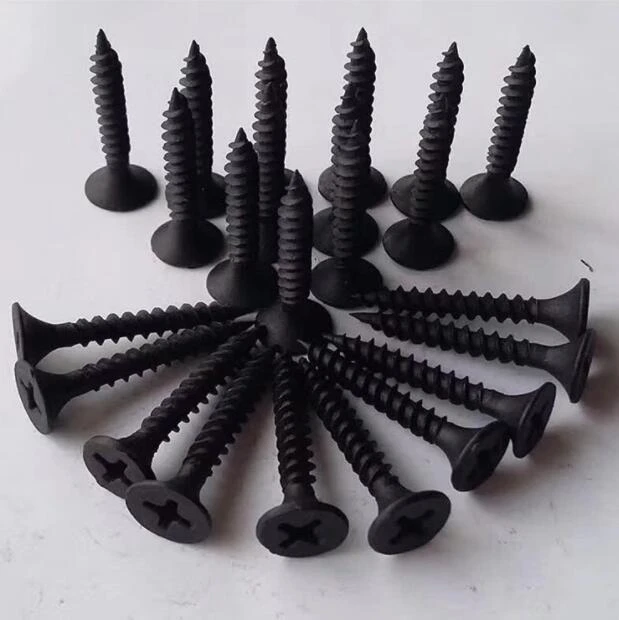Understanding the various specifications of wire fencing solutions requires careful consideration. This overview outlines the core topics we'll examine:
- Technical specifications and performance metrics across fencing varieties
- Comparative analysis of major manufacturers' product offerings
- Customization parameters for specialized applications
- Material specifications and durability enhancement methods
- Application-specific deployment considerations
- Industry-specific case studies demonstrating practical implementations
- Selection criteria based on environmental conditions and security requirements

(types of wire mesh fencing)
Exploring the Functional Characteristics of Wire Mesh Fencing Systems
Modern perimeter security solutions utilize three primary structural configurations: welded wire, woven mesh, and expanded metal options. Welded wire configurations feature intersecting steel rods fused at contact points, creating a rigid grid structure with tensile strengths ranging from 750-1,200 MPa. The standardized opening dimensions (typically 50mm x 50mm to 150mm x 200mm) directly impact both visibility and intrusion resistance capabilities. Polymer-coated varieties demonstrate 65% greater corrosion resistance compared to uncoated alternatives when evaluated in ASTM B117 salt spray testing protocols.
Performance Specifications Across Security Barrier Solutions
Galvanization methods significantly affect longevity expectations for fencing systems. Hot-dip galvanized mesh demonstrates protective zinc coatings averaging 85µm thickness, providing approximately 30 years of service before significant degradation occurs in temperate environments. By contrast, electro-galvanized alternatives offer thinner 12-15µm coatings with reduced protective capacity. Recent industry surveys indicate welded wire configurations represent 58% of industrial security installations due to their load-bearing capacity exceeding 800kg per linear meter when properly installed with reinforced terminal posts.
Manufacturing Specifications Comparison
| Specification | Security Pro Series | DuraGuard Solutions | Frontier Barrier Tech |
|---|---|---|---|
| Material Gauge | 4.0mm - 6.0mm | 3.5mm - 5.5mm | 4.5mm - 7.0mm |
| Coating System | Triple-layer polymer | Hot-dip galvanized | Zinc-aluminum alloy |
| Impact Resistance | 1,150 kJ/m² | 850 kJ/m² | 1,400 kJ/m² |
| Production Lead Time | 8-10 weeks | 5-7 weeks | 12-14 weeks |
| Coastal Environment Warranty | 20 years | 15 years | 25 years |
Specialized Configuration Parameters
Technical specifications become increasingly critical when addressing specialized application requirements. Correctional facilities often implement 6.0mm diameter steel with aperture dimensions not exceeding 50mm x 100mm, specifically designed to prevent hand holds. Agricultural applications utilize 2.5mm-3.5mm wire diameters with PVC coatings that reduce animal injury rates by 72% compared to uncoated alternatives. Industrial security installations increasingly utilize dual-layer configurations featuring a welded wire inner layer combined with expanded metal outer surfaces, delaying penetration attempts by 300% based on UL 752 ballistic testing protocols.
Implementation Case Studies
Recent infrastructure projects demonstrate the practical application of different mesh specifications. The Port Newark expansion project utilized 3,500 linear meters of marine-grade 316 stainless steel mesh fencing with 1,000mm height configuration. The solution withstood Category 3 hurricane conditions with negligible damage. Meanwhile, Midwestern agricultural cooperatives documented a 27% reduction in predator intrusions after installing 1,200mm high woven mesh fencing with buried apron extensions. Urban school districts report eliminating perimeter trespassing incidents following installation of 2,400mm high anti-climb mesh barriers featuring 30° angled top sections.
Selection Metrics and Evaluation Considerations
Three critical evaluation factors determine optimal specification selection: environmental exposure levels, security classification requirements, and maintenance accessibility. Coastal installations within 800 meters of saltwater require specialized protective coatings like 550g/m² zinc-aluminum treatments, while industrial facilities handling chemical compounds should consider polymer barriers with enhanced resistance ratings. The British Standard BS 1722 certification provides clear guidelines for different protection levels, with Part 12 specifying physical characteristics for high-security applications where wire diameters must exceed 5mm with tensile strength ratings above 900 MPa.
Wire Mesh Fencing Specifications for Modern Infrastructure
Technical specifications should align with project requirements and environmental conditions. Industrial and transportation applications increasingly implement hybrid designs that incorporate welded structural frames with variable mesh insert panels. The European Standard EN 10223-3 provides detailed regulations for agricultural wire mesh specifications, while ASTM A392 offers comparable guidelines in North America. Professional site assessment remains essential - certified perimeter security specialists report installations planned with topographical surveys experience 80% fewer structural failures during extreme weather events compared to standardized solutions without environmental adaptation.

(types of wire mesh fencing)
FAQS on types of wire mesh fencing
Q: What are the common types of wire mesh fencing?
A: The main types include welded wire mesh, chain link fencing, and expanded metal mesh fencing. Each offers distinct structures like rigid panels or woven designs for security or boundary applications.
Q: How does welded wire fencing differ from other mesh types?
A: Welded wire fencing features wires fused at intersections for strength and rigidity, making it ideal for high-security needs. Unlike chain link or woven options, it provides consistent durability with galvanized coatings for longevity.
Q: Where is mesh wire fencing typically used?
A: Mesh wire fencing types, such as diamond or woven designs, are often employed in residential gardens and industrial perimeters. They balance visibility with durability to control access without blocking views.
Q: What factors should I consider when selecting wire mesh fencing?
A: Prioritize purpose like security or privacy, alongside budget and environmental conditions. For example, welded wire suits harsh areas, while chain link is budget-friendly for basic boundaries.
Q: Are there durable options among wire mesh fencing types?
A: Yes, galvanized and PVC-coated welded wire fencing offers enhanced corrosion resistance for longevity. Other types like expanded metal mesh also withstand weather but need regular maintenance.

















